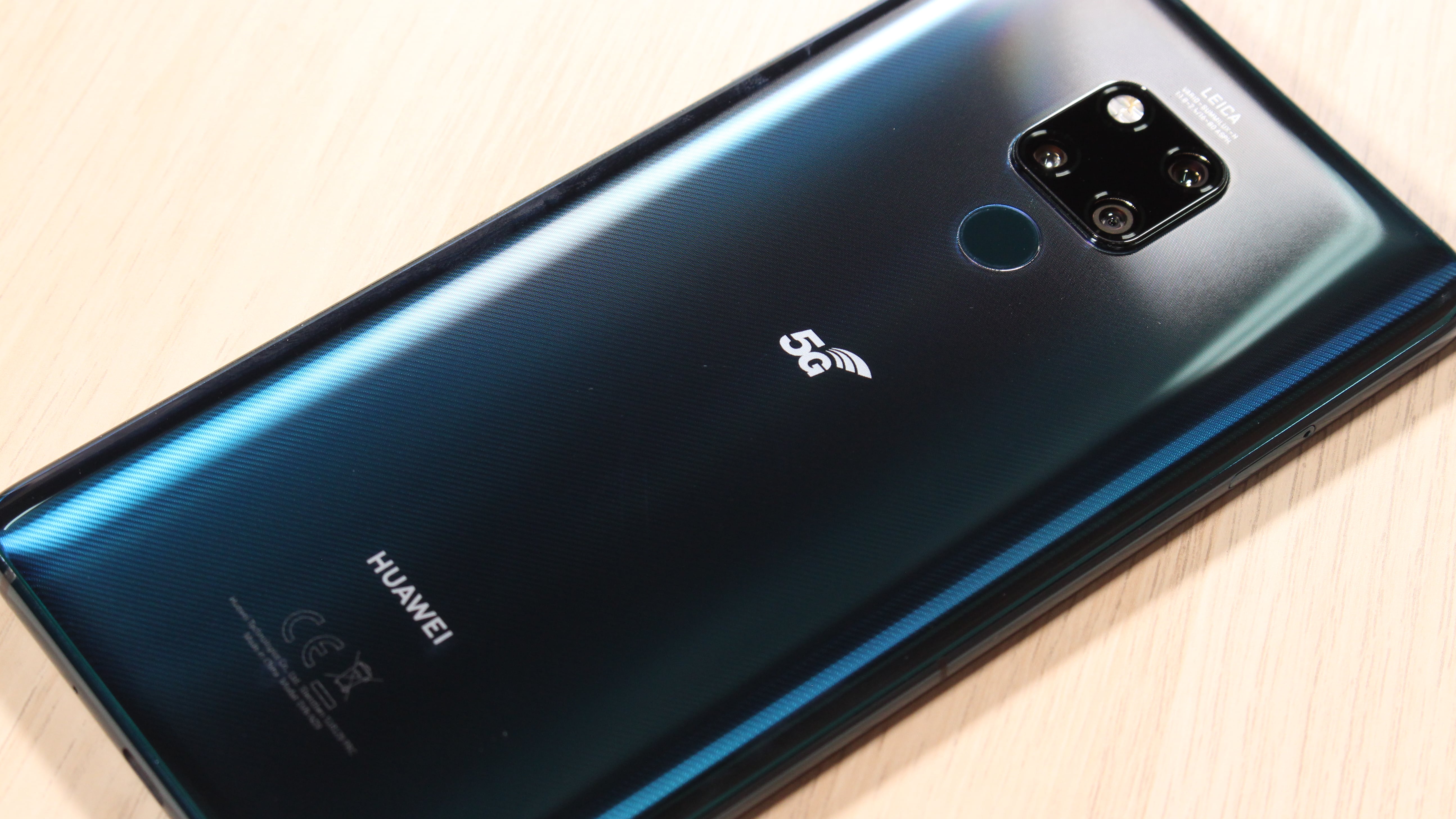Huawei US ban hasn't slowed down phone sales
Smartphones and 5G aid Huawei revenue increase

Huawei revenues rose by nearly a quarter during the first half of 2020 – despite the impact of US sanctions that threaten to derail its efforts to lead the telecoms equipment and smartphone markets.
The Chinese mobile giant reported a 23 percent rise in income to 401.3 bn Yuan (£47.9bn) – more than the 15 percent growth it reported last year.
Demand for 5G networking equipment saw carrier revenues reach 146.5 billion Yuan, with Huawei now claiming more than 50 commercial 5G contracts with operators and to have shipped 150,000 5G base stations.
- What is 5G? Everything you need to know
- US has 'no evidence' for Huawei claims
- Huawei CEO says firm's own OS will be faster than iOS and Android
Huawei revenue
Smartphone shipments rose by 24 per cent to 118 million as the consumer division reported revenues of 220.8 billion Yuan.
The results are encouraging given the company’s difficulties in the US. Huawei has been frozen out of the US device and telecoms equipment markets for several years, and earlier this year was effectively blacklisted by Washington on national security grounds.
Huawei has repeatedly denied any allegations of wrongdoing and Chairman Liang Hua acknowledged the challenges ahead but is confident of long-term growth.
"Revenue grew fast up through May," said Liang. "Given the foundation we laid in the first half of the year, we continue to see growth even after we were added to the entity list. That's not to say we don't have difficulties ahead. We do, and they may affect the pace of our growth in the short term.
Are you a pro? Subscribe to our newsletter
Sign up to the TechRadar Pro newsletter to get all the top news, opinion, features and guidance your business needs to succeed!
“But we will stay the course. We are fully confident in what the future holds, and we will continue investing as planned … We'll get through these challenges, and we're confident that Huawei will enter a new stage of growth after the worst of this is behind us."
The ruling limited Huawei’s access to components and meant its handsets would no longer receive updates for the Android operating system from Google or access to its popular applications.
Although Huawei is building its own operating system and produces its own components (it already makes its own Kirin processors), the absence of key services like Google Maps and the Google Play Store is a huge blow in terms of the appeal of its devices in Western markets. Meanwhile, the production of components such as modems is an expensive, laborious task.
The US government has indicated it would relax the ban and has confirmed some vendors will be able to do business with Huawei – so long as there's no national security risk.
It’s unclear which product categories are deemed to be safe, and it’s worth pointing out that the ruling is still effective, meaning it could be enforced once again if trade talks stall.
- Here are the best deals for Huawei mobile phones in July 2019
Steve McCaskill is TechRadar Pro's resident mobile industry expert, covering all aspects of the UK and global news, from operators to service providers and everything in between. He is a former editor of Silicon UK and journalist with over a decade's experience in the technology industry, writing about technology, in particular, telecoms, mobile and sports tech, sports, video games and media.